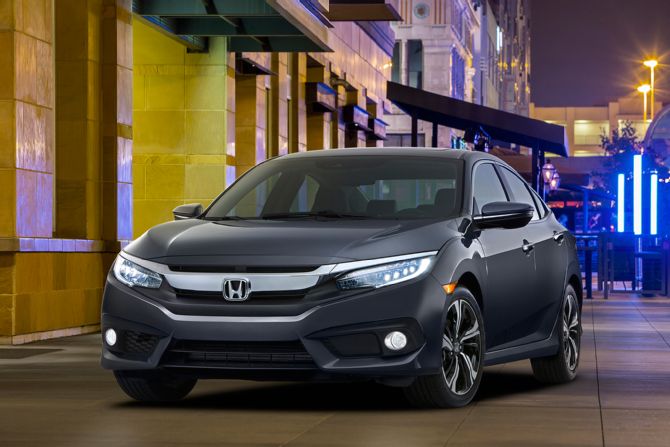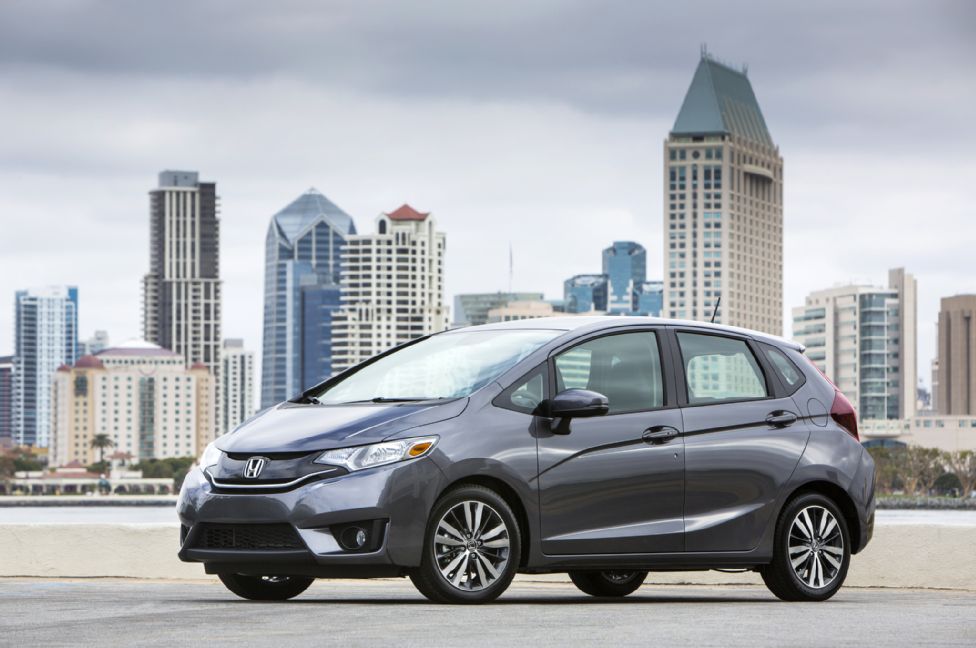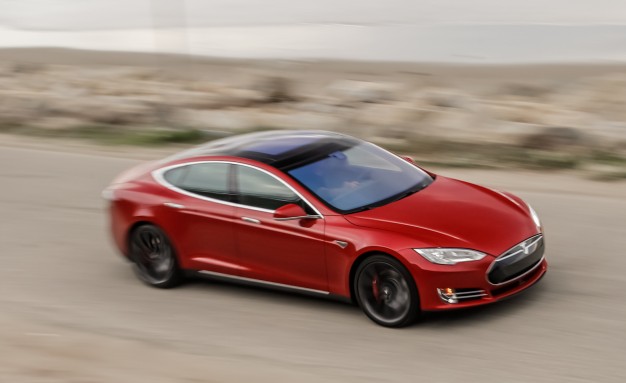Tesloop Raking in the Miles →
Since the Model S was launched Tesloop has incurred a combined maintenance cost of roughly $19,000 or about $0.05/mile. This cost breaks down to $6,700 for general vehicle repairs and $12,200 for regularly scheduled maintenance. The Model S’ full service record is available here. The record includes comparable estimated costs of running the service with a Lincoln Town Car instead of a Model S or Mercedes GLS class instead of a Model X. Tesloop estimates that a Lincoln Town Car or Mercedes GLS class’ combined maintenance cost to be around $88,500 ($0.22/mile) and $98,900 ($0.25/mile) respectively over 400,000 miles.
Some pretty impressive numbers!!! I still have yet to use any of my 6 passes that I bought a while ago but I’ve heard plenty of positive reviews!
Back in June 2018 one of Tesloop’s Model X 90Ds, dubbed Rex, achieved 300,000 miles on its original battery and drive units in 1.75 years. Battery degradation over the 300,000 miles was ~10%. Tesloop has also included the Model X’s full service record, see here. Since achieving the milestone the Model X’s rear drive unit has been replaced.
Looks like we may be keeping the X for MANY years to come! We have personally driven around 19,000 since acquiring her on Dec 2017. Needless to say, it’s been VERY enjoyable.






